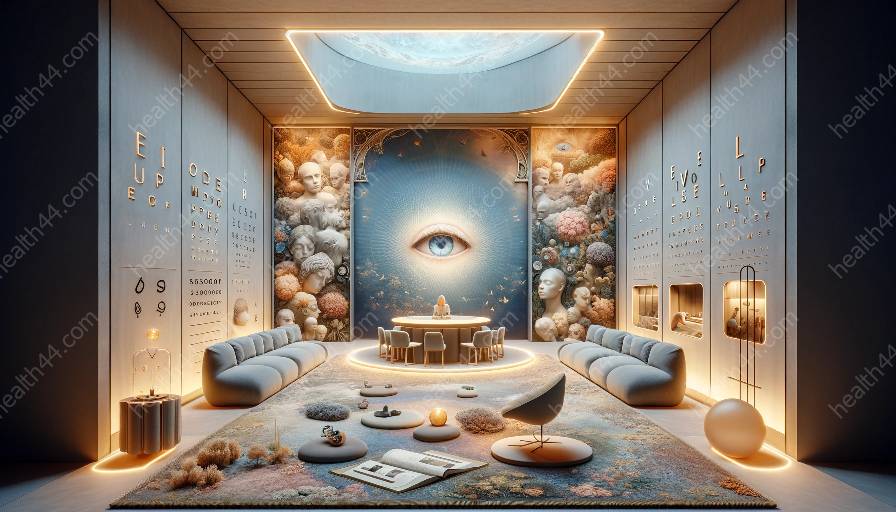Visual memory is a complex cognitive process that enables individuals to retain and recall visual information. It plays a crucial role in vision psychology, perception, and vision care. Understanding the mechanisms of visual memory can lead to valuable insights into human cognition and behavior.
Visual Memory in the Context of Vision Psychology
Vision psychology examines how visual perception, cognition, and emotion interplay to form visual experiences. Visual memory, as a component of this field, encompasses the processes involved in encoding, storing, and retrieving visual information. Researchers in vision psychology study how the brain processes visual stimuli and forms memory traces, shedding light on the intricate nature of visual memory.
Insights into Perception: Visual Memory's Influence
Perception relies heavily on visual memory, as it informs an individual's understanding and interpretation of the surrounding environment. The brain's ability to retain and recognize visual patterns, shapes, colors, and spatial relationships contributes to the formation of perceptual experiences. Additionally, understanding visual memory's role in perception can aid in deciphering how individuals comprehend and respond to visual stimuli, guiding the development of effective communication and design strategies.
Empowering Vision Care through Visual Memory
Visual memory's significance extends to the realm of vision care, where its impact on learning, development, and everyday functioning is of paramount importance. Enhancing visual memory can lead to improved learning outcomes, cognitive abilities, and overall visual performance. In vision care, identifying and addressing visual memory deficits can contribute to personalized interventions and treatments, ultimately enhancing individuals' quality of life.
Understanding Visual Memory Processes
Visual memory processes involve various stages, including encoding, storage, and retrieval. During the encoding phase, visual stimuli are recognized and transformed into neural codes that represent the visual information. These codes are then stored in the brain through intricate neural networks, forming the basis for visual memory. When retrieval is needed, the brain retrieves and reconstructs the stored visual information, allowing individuals to recall and utilize the memories.
Techniques to Improve Visual Memory
Several techniques can enhance visual memory, such as mnemonic devices, visualization exercises, and memory association strategies. Mnemonic devices, including acronyms and visual imagery, aid in encoding and retrieving visual information. Visualization exercises, such as creating mental images of concepts or objects, strengthen the brain's ability to retain visual details. Memory association strategies, such as linking visual information with other sensory inputs, deepen the connections within the brain and facilitate better memory recall.
Conclusion
Visual memory's multifaceted nature intertwines with vision psychology, perception, and vision care, laying the groundwork for a comprehensive understanding of human visual cognition. By delving into the intricate processes of visual memory and exploring techniques to improve it, individuals can unlock the potential for enhanced learning, perception, and overall visual well-being.


